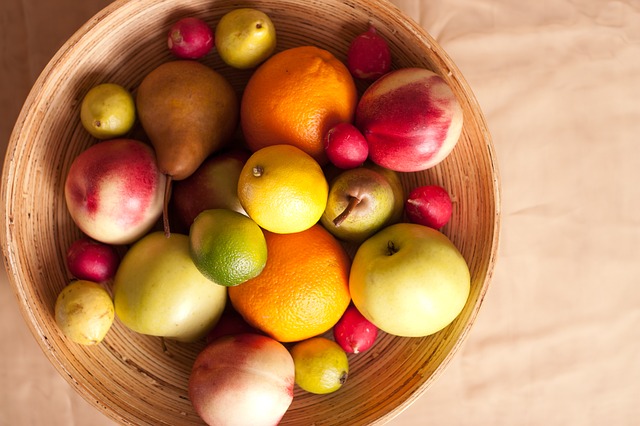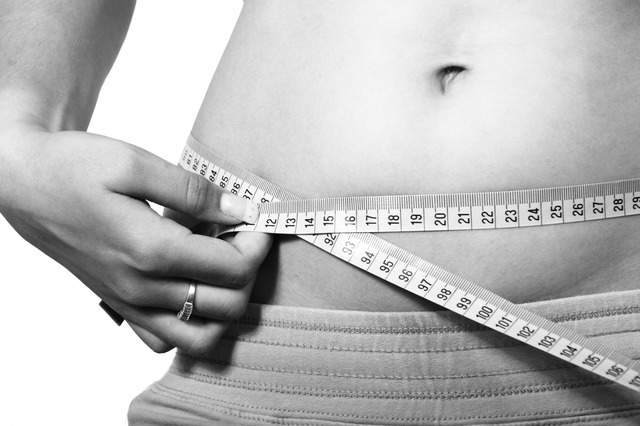Julie Entwistle, MBA, BHSc (OT), BSc (Health / Gerontology)
If weight loss is your New Year’s Resolution, we have the tips to help you achieve success!
Weight loss as a goal makes sense – excessive weight is unhealthy and can make even regular tasks like walking, using stairs, and completing home tasks challenging. I remember when I was pregnant with my twins. I gained 50 pounds – all out front much like older men that seem to carry their excessive weight in their bellies. Towards the end of my pregnancy I remember feeling the extra weight when I tried to hike, carry my kids, or just get out of a chair or car. After I had my twins and essentially lost 40 pounds of baby and “stuff” in 8 minutes, I got up from the delivery table and said to my husband “I feel so svelte! Look, I can bend, twist, turn, I can breathe!” He laughed because I am sure my flabby baby belly still made me look like I was carrying something. Anyway, the point was – over 9 months of accumulating weight my body had adapted and I had forgotten what it was like to be thin again, including how much harder things are when you are carrying weight in places where weight does not belong.
Fortunately for me, I have always been athletic and have good genes (my goal is to always weigh less than my dad – I gave up on weighing less than my mom in Grade 7). But I also have a strong work ethic and even stronger willpower. Many years ago I committed to karate with the goal of getting my black belt by 35. Then, I picked up an Oxygen Magazine and committed to getting my body fat percentage to a level of elite athleticism. This required me to start “eating clean” and as such I no longer consume (99% of the time) refined sugar, white grains or carbs, or red meat. I only drink tea and water. Boring, I know. But the point is, I took 8 years to get to the point I am at and the small adjustments I made along the way have resulted in my success. Weight loss, or any resolution, is not going to happen overnight. Here are 10 tips to remember:
1. First, keep track of what you are eating and how you spend your time. Do this for a week. Then, analyze. Where are the problems? You know what they are, you just need them on paper to really impact you into “seeing” them.
2. Pick ONE thing (the easiest one) to change. And don’t get rid of it, just focus on reducing it. Maybe try to stop eating sooner before bed, or change from heavy carbs at night to some fruit, from regular pop to diet, white to whole wheat, 2% to skim, from Wendy’s to Subway. The goal is not abstinence, but improvement.
3. Once you have reduced that ONE thing, pick another and proceed that way until you have addressed many of your identified problem areas. If you can tackle ONE thing per month, by the end of the year you will have made 12 healthy improvements – excellent!
4. Remember that less is still good, even if less does not mean NONE. You can get to NONE, but cold turkey is not usually successful (but in the place of ham – much better J).
5. Don’t think that the problem is lack of exercise. That is part of it, but weight management is 70% diet. If you commit to a new fitness program, without adjusting your poor diet habits, your success will be limited.
6. If exercise is not your thing, fake it until you make it. Try those activities that are exercise hidden as fun. Go for walk with a friend, grab a Wii Fit, try Zumba, join a dance class. Make small goals such as “I want to walk around the block without stopping” then when you can do that, make it two blocks. I did this in University as a project for my Behavior Modification class. I started walking my dog for 20 minutes a day, and gradually, over four months, was up to 2 hours. This became my new “normal” and I did this with my dogs until they became too old to manage that amount of exercise.
7. Remember it takes 3 weeks to 4 months to create a new habit. Give yourself a month to “try it” and if at the end of the month you are still struggling, pivot your change to something less difficult. Throw a calendar on the fridge, X out the days, circle your target (21 days, 30 days etc).
8. Tell people your plans. Facebook, Twitter, your journal, your best friend. Write it down.
9. Don’t get caught up in gimmicks. They are just that. If there was a fast and easy way to lose weight we would all be thin. There isn’t – it requires dedication and persistence.
10. Just Do It! Nike is right – nothing beats just gettin’ er done! Your mind will play tricks on you the entire time. I laugh at my mind now. When it is a Cross Fit day for me, my mind will invariably tell me I should do something else instead. I smile, say “haha mind, good try” and get on my fitness clothes. The real trick to going from “I want to” to “I am” is attaching a physical component. You have FIVE seconds to turn a thought into action. Think it, move towards it, and DO IT!
Check out more from our New Year… New You! series and this 2015 may all your resolutions, goals, wishes (or whatever you call them) become your reality.


